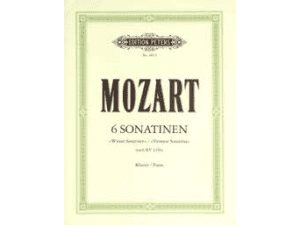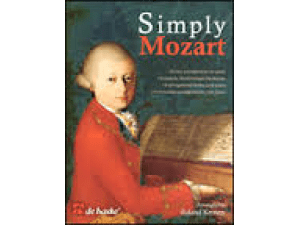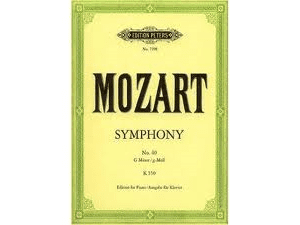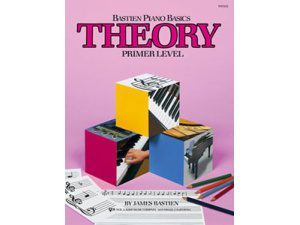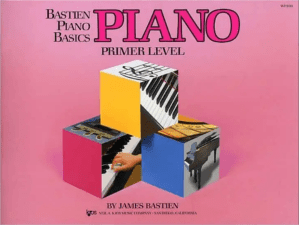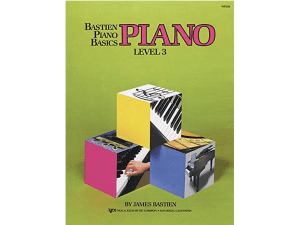Description
Wolfgang Amadeus Mozart’s Piano Concerto No. 12 in A major, K. 414 (385p) was written in the autumn of 1782 in Vienna. It is scored for solo piano, two oboes, two bassoons (optional), two horns, and strings (consisting of violins, violas, cellos, and double basses). Like all three of the early Vienna concertos that Mozart wrote, it is a modest wWolfgang Amadeus Mozart’s Piano Concerto No. 12 in A major, K. 414 (385p) was written in the autumn of 1782 in Vienna. It is scored for solo piano, two oboes, two bassoons (optional), two horns, and strings (consisting of violins, violas, cellos, and double basses). Like all three of the early Vienna concertos that Mozart wrote, it is a modest work that can be performed with only string quartet and piano.
It is in three movements:
1.Allegro in A major
2.Andante in D major
3.Allegretto in A major
It was the first of a set of three piano concertos (with K. 413 and 415) that Mozart performed at his Lenten concerts in 1783. The concert rondo in A, KV 386 has often been discussed as an alternative finale to the work; however, KV 386 cannot be performed a quattro, and autograph evidence shows that the current finale starts on the same sheet as the end of the slow movement. Despite the modest nature and scoring of this concerto, it stands out in Mozart’s early production.
Although the three early Viennese concertos (Nos 11, 12 and 13) represent in some senses a formal regression compared to their immediate predecessors, especially No. 9, the “Jeunehomme” concerto, this concerto is a forerunner of the mature works in terms of its musical effect.ork that can be performed with only string quartet and piano. It is in three movements: 1.Allegro in A major 2.Andante in D major 3.Allegretto in A major It was the first of a set of three piano concertos (with K. 413 and 415) that Mozart performed at his Lenten concerts in 1783.
The concert rondo in A, KV 386 has often been discussed as an alternative finale to the work; however, KV 386 cannot be performed a quattro, and autograph evidence shows that the current finale starts on the same sheet as the end of the slow movement. Despite the modest nature and scoring of this concerto, it stands out in Mozart’s early production. Although the three early Viennese concertos (Nos 11, 12 and 13) represent in some senses a formal regression compared to their immediate predecessors, especially No. 9, the “Jeunehomme” concerto, this concerto is a forerunner of the mature works in terms of its musical effect.


